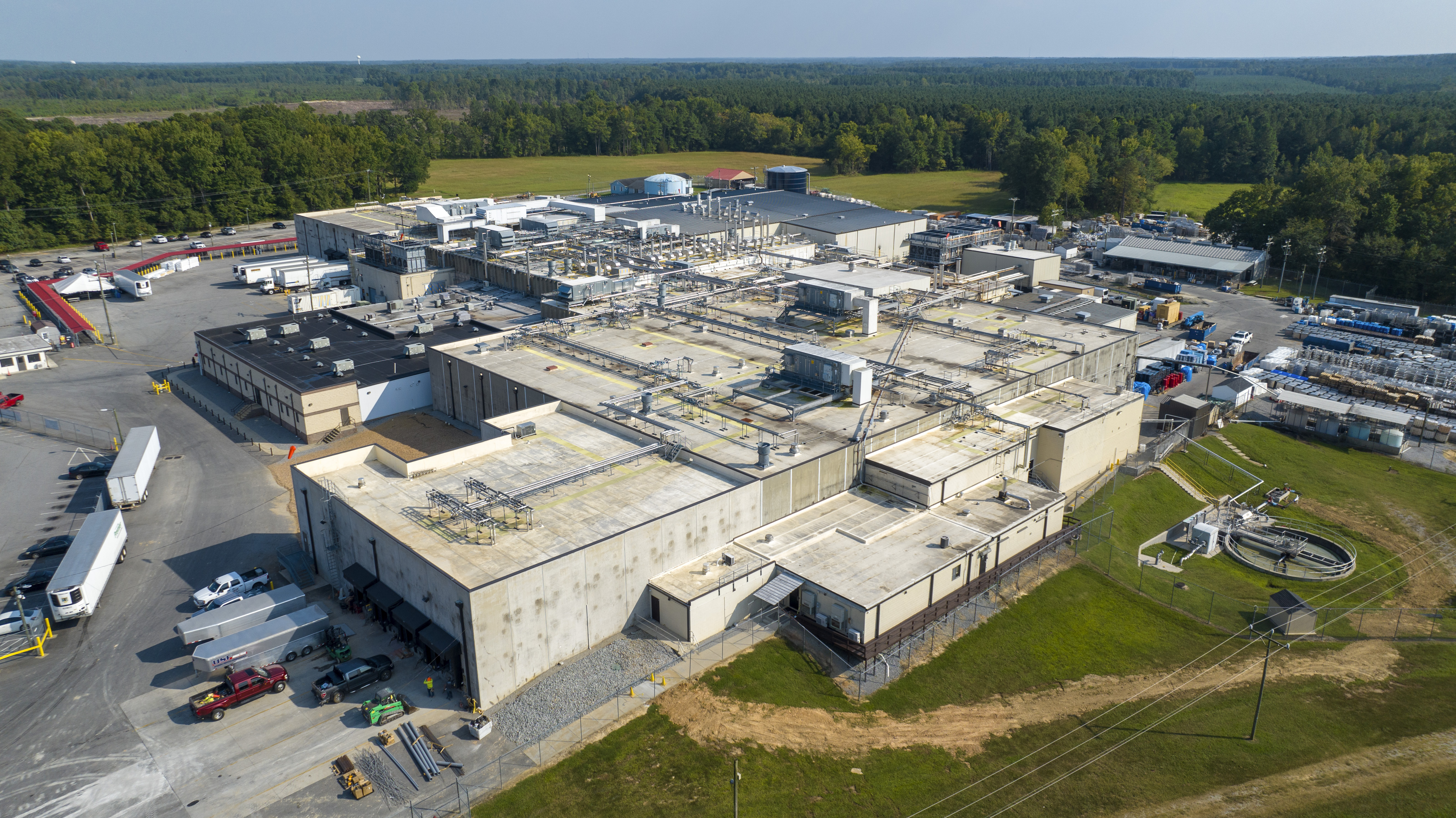HAMPTON ROADS, Va. (WAVY) — As allergy seasons worsen due to climate change, children in the U.S. are becoming more susceptible. According to the CDC, about one in five children across the country between ages of 0 and 17 deal with seasonal allergies.
And experts stress those numbers will likely increase.
“We estimate about 35,000 to 60,000 visits happen for children for things like allergic asthma,” said Dr. Lisa Patel, Associate Professor of Pediatrics at Stanford Children’s Health. “But we expect that to increase by 4,000 per year because of climate change worsening allergy seasons.”
With rapidly developing immune systems, or faster breathing rates, Patel claims there are a couple reasons why kids are more susceptible to allergic reactions. But the simplest reason is that kids are outside more — kids being kids.
“We know that younger kids in particular, their airways are smaller,” Patel said. “That small amount of inflammation in that small air way could put them in big trouble, whereas someone who’s older, that inflammation may just be a nagging cough or a little bit of a wheeze.”
It’s another reason why it’s important to pay attention to local pollen counts, as allergens vary region-to-region. Pollen levels will also vary in intensity depending on local weather swings.
Hampton Roads is notorious for nasty pollen levels, and this year is no exception. The past few months of winter were a bit warmer than usual, and March was the second wettest on record, so it checks out that this spring, pollen counts would be through the roof.
Trends over that past decade or so do point towards a growing, growing season, meaning allergy seasons sometimes start earlier and last longer. Plus, plants love carbon dioxide — more carbon dioxide in our atmosphere makes for happy plants and plenty more pollen.
So just as our environment adapts to the weather and climate changes of our atmosphere, we adapt too — with tissues.

























































